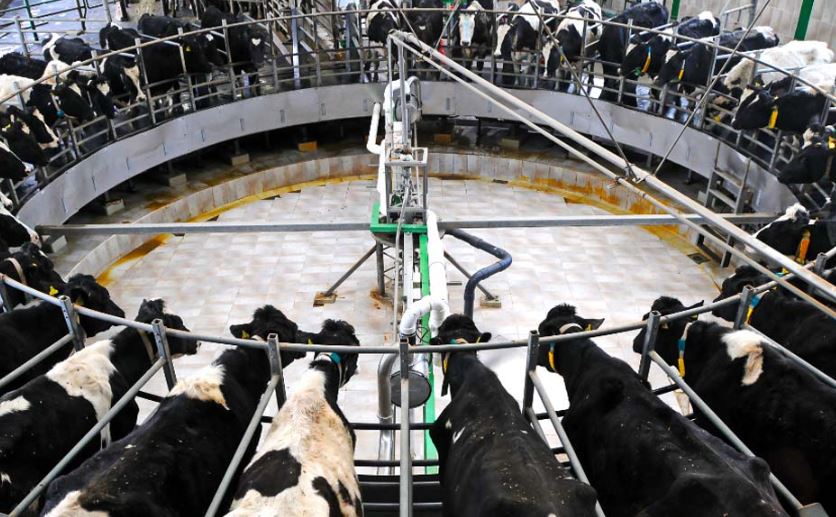Flying cars, also known as vertical take-off and landing (VTOL) vehicles, are aircraft that are designed to take off and land vertically, like a helicopter, but are capable of high-speed, horizontal flight like a traditional airplane. They are being developed as a way to potentially reduce congestion on roads and highways and provide a new mode of transportation that can travel over obstacles such as buildings and mountains.
There are several different types of VTOL vehicles being developed, including electric-powered drones, hybrid-electric planes, and turbine-powered aircraft. Some of the flying cars use multiple rotors or fans to lift off the ground and fly, while others use a combination of rotors and fixed-wing aerodynamics to achieve flight.
Currently, flying cars are still in the early stages of development, and there are several companies and research organizations working on making them a reality. However, there are still several challenges that need to be overcome such as safety, noise pollution, laws and regulations, technical and cost difficulties.
Many experts believe that flying cars will be used primarily for urban transportation, rather than long-distance travel, and will be operated by pilot or controlled by software. While we are still several years away from seeing flying cars in widespread use, the technology is making steady progress and it is expected that we may see some form of flying cars in the future.
Any Real flying cars so far
While flying cars are still in the early stages of development, there are a few examples of real flying cars that have been built and tested.
One example is the Terrafugia Transition, which is a hybrid electric vehicle that can convert from a street-legal car to a light sport aircraft in just a few minutes. It has been in development for several years and a limited number of production models have been delivered to customers.
Another example is the PAL-V Liberty, it is a gyrocopter-like vehicle that uses a combination of rotors for takeoff and landing and a propeller for flight. It has been in development for several years, and a limited number of production models have been delivered to customers.
AeroMobil is another company working on flying car prototypes, their current model AeroMobil 5.0 STOL, is a four-seat electric hybrid flying car, currently in flight testing phase.
Additionally, companies like Uber, Boeing and Airbus have proposed or working on VTOL (Vertical take-off and landing) vehicle concepts and working on electric or hybrid propulsion system for commercial use in urban areas.
It is important to note that currently, flying cars are still in the prototype or very limited production stage. Most of them are not yet available for purchase by the general public and they require specific pilot training and certifications to fly. The flying cars also need to pass safety and regulatory requirements before being authorized for commercial use.
Which country is making flying cars?
Several countries around the world are currently working on the development of flying cars. Some examples include:
- The United States: There are several companies in the United States that are working on flying cars, such as Terrafugia (now owned by Geely), PAL-V, AeroMobil, Joby Aviation, and Uber. Companies like Boeing and Airbus also have VTOL vehicle concepts and R&D teams working on them.
- Europe: Companies like PAL-V in Netherlands, AeroMobil in Slovakia, EHang in China are leading the way for Europe with flying car prototypes, and Airbus is actively working on flying car projects in Europe.
- Japan: Companies like SkyDrive, Aero Mobility and Cartivator have working prototypes and have been testing them successfully. Japan’s government also announced plans to invest in the development of flying cars in 2018.
- China: Companies like EHang, Guihang and Geely (now owning Terrafugia) are actively working on flying cars and some of them have been successful in test flights.
- Singapore: Some companies like Joby Aviation, Terrafugia and Volocopter are testing their prototypes in Singapore because of its small size, lack of terrain and more open regulations.
Will 2025 have flying cars?
It is difficult to say for certain whether flying cars will be widely available by 2025. While some companies are making progress in the development of flying car prototypes and have successful test flights, there are still significant technical, regulatory and commercial challenges that need to be overcome before flying cars can be made widely available to the public.
The development of flying cars is a complex process that involves not only the design and engineering of the vehicles themselves, but also the development of new technologies for navigation, communication, and safety systems, as well as the creation of new regulations and infrastructure to support them.
In terms of commercial availability, several companies have announced plans to begin deliveries to customers by 2025. However, these estimates are subject to change, depending on a variety of factors, such as further testing, certification, and regulatory approval. Additionally, while some companies may have a few flying cars ready by 2025, their production numbers will likely be small at first and it may take a while before they become widely available.
It is also worth noting that while the development of flying cars is ongoing, the timeline for when they will be widely available is uncertain, it could take longer than 2025, or shorter depending on the progress made in research and development.





